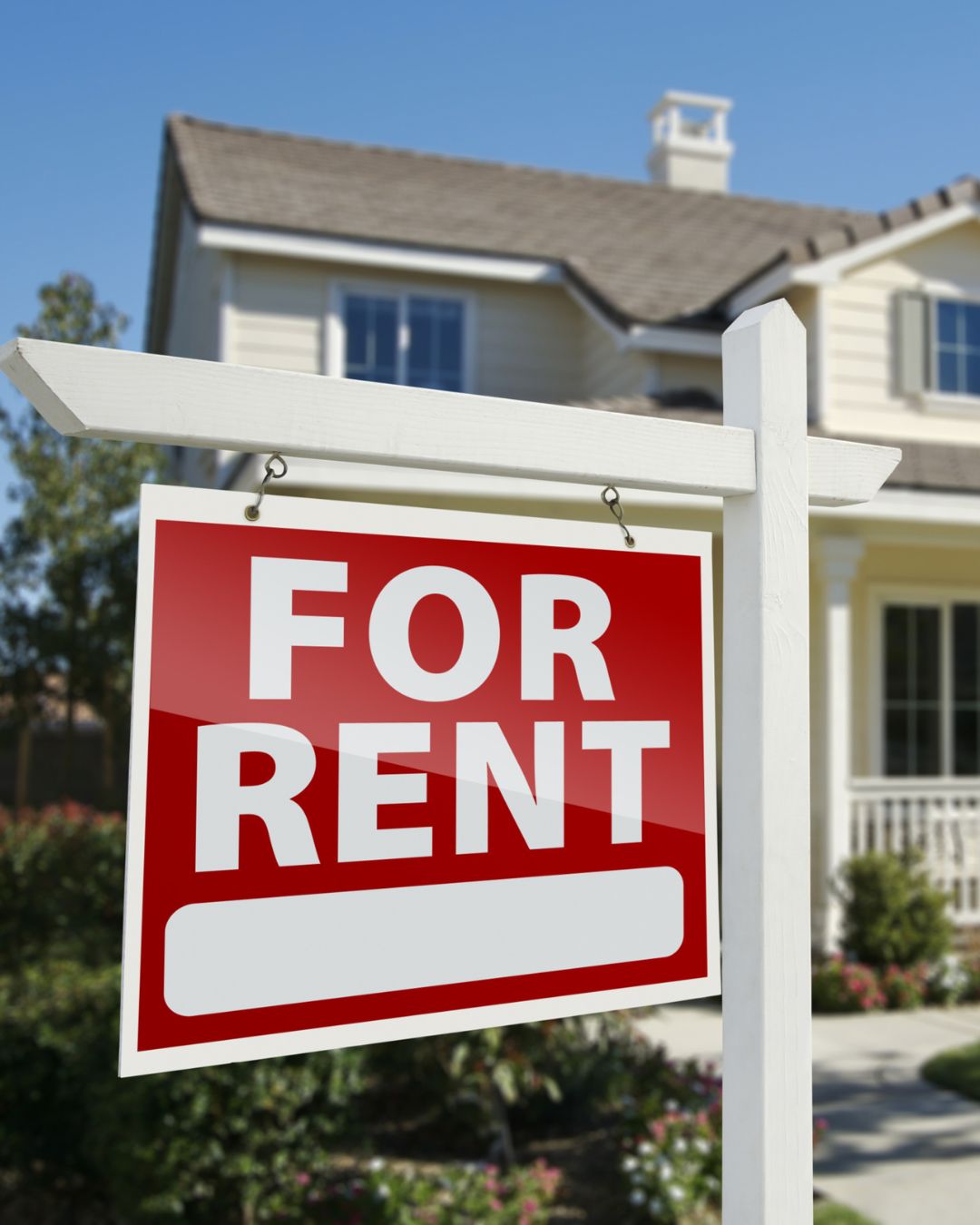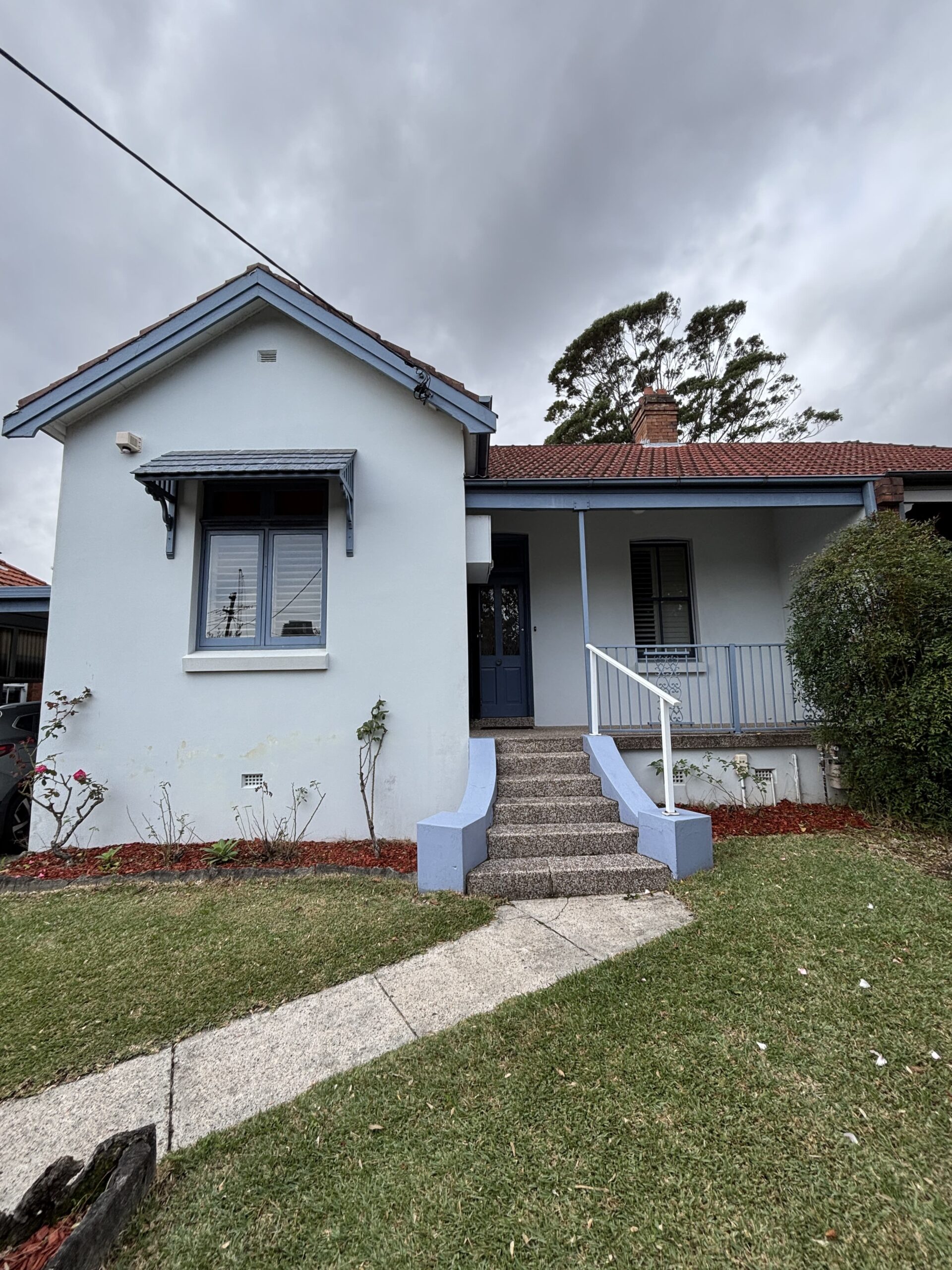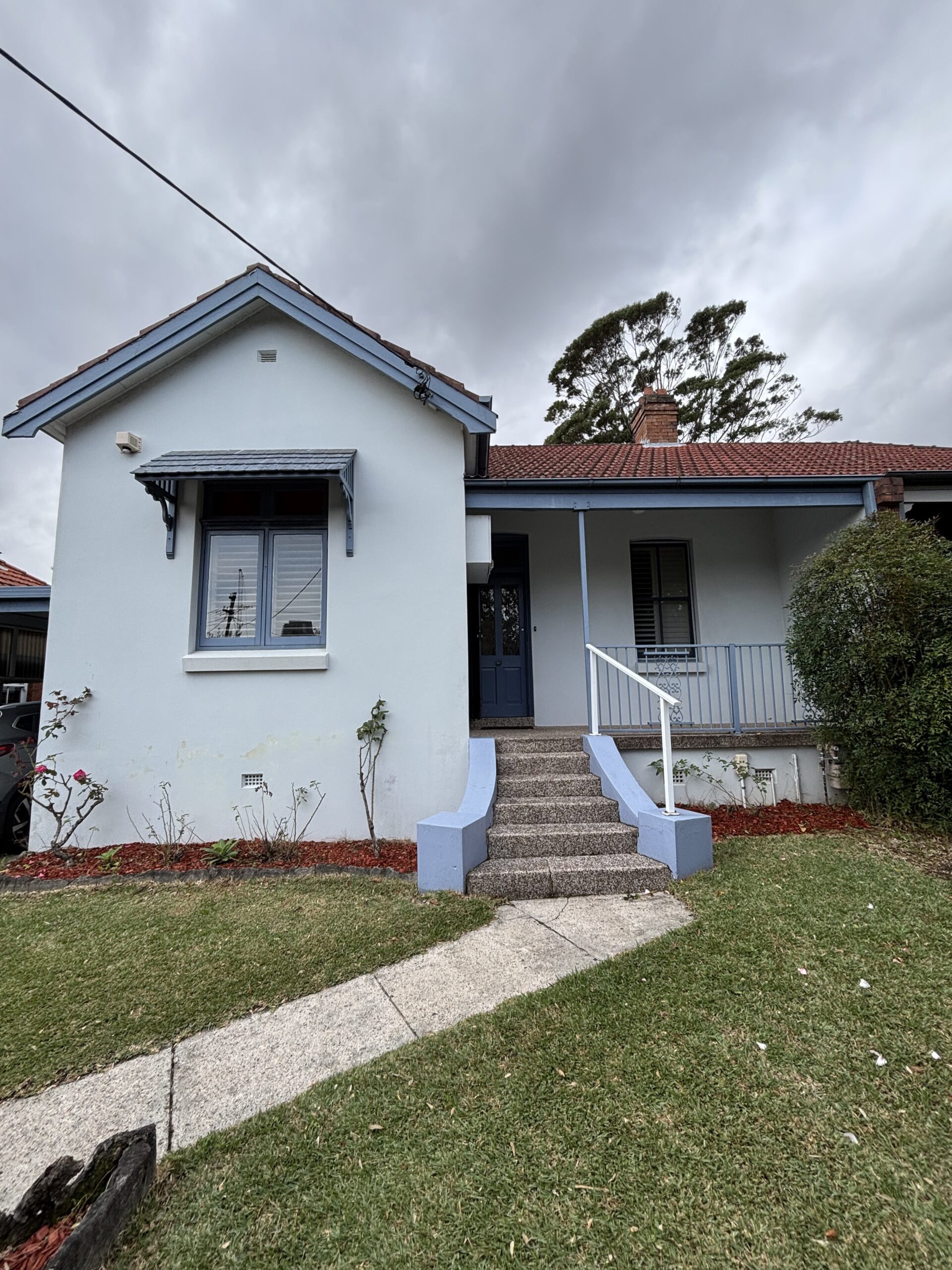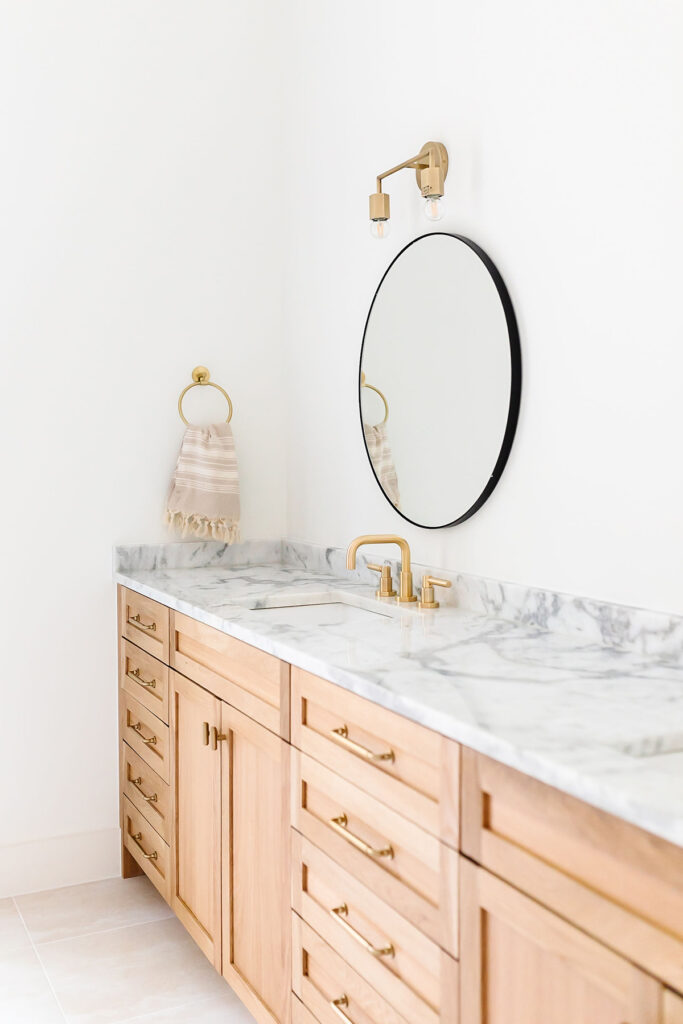
Renovations when selling can be a powerful tool in attracting potential buyers and maximising your profits.
In this blog post, I’ll explore five essential steps to help you get the most out of renovations when selling your home. From researching the local market to setting a realistic budget and seeking professional help, I’ll guide you through the process of optimizing your renovations for a successful home sale.
So, let’s dive in and discover how renovations can be the key to selling your home faster & for more.
Step 1: Research the Local Market

Before embarking on any renovation project, it’s crucial to research your local real estate market.
It can be so tempting to hop on Pinterest or Instagram and find photos of the prettiest homes. But the best research you can do? It’s actually looking at homes in your current market. After all, your buyer pool is seeing and bidding on those exact homes.
Understanding the current trends and what buyers like in your area will help you make informed decisions about your renovations when selling. Here’s how to conduct effective market research:
1. Search real estate portals and attend opens
Start with a search on Realestate.com.au or Domain for your suburb and nearby areas. It’s helpful to look at both what’s currently on the market and what’s recently sold (you can filter your results to Newest first).
At the beginning of your research, I think it’s fine to look at all properties (not just ones with similar bedroom & bathroom count) to get a sense of design styles and features common in your area.
It can be so tempting to hop on Pinterest or Instagram and find photos of the prettiest homes. But the best research you can do? It’s actually looking at homes in your current market.
It’s also a great idea to start attending open for inspections. Houses are generally open mid-week and on Saturdays. There’s usually quite a few so here’s how I narrow down ones I want to see:
- Comparable sales or comparable area (homes that are very similar to yours or very close by)
- Design styles (homes that look great online that you may want to replicate)
- Similar or ideal floor plans or features (like if you’re thinking of adding an ensuite and another home has a layout similar to what you can achieve)
Always ask the agent for the price guide as Sydney real estate agents don’t often advertise the price. This is also the time to get other useful information, like how popular the property has been at opens, if they’ve received any offers and if they expect the home to go to auction.
As you are meeting agents, you’ll get on their email list with off market properties. Off-market properties are homes that aren’t listed on the real estate portals. There are a variety of reasons for this – the seller could be getting the home ready to publicly list or maybe they want a quiet sale and it will never make the portals.
Either way, many times you’ll never see these homes online so being a part of this list allows you to see all homes in your area being sold – and how yours compares.
One other thing to keep in mind as you’re meeting agents and getting on their lists… this is a great time to secretly interview for your own real estate agent. Take note of how they behave at the opens, how prompt they are in following up for feedback, and what information they share. After all, your potential buyers will be interacting with this agent so this may help you determine who will sell your home.
2. Study Comparable Sales
If you’ve watched any real estate show, you’ve likely heard the term “comps” or comparable sales. This is referring to recently sold homes in your area that are similar in size, condition, and location to your property.
The more recent the sale is, the better, but ideally sales will be within 6 months; 12 months at the very latest. When looking up comparables, search for the same bed count and look at the pictures to determine how similar the condition is. It’s OK if there are differences – you’ll just subtract or add to make up.
It’s important to note things that do affect the value though. While the home might seemingly look the same, a few factors play into the value.
- Busy roads tend to sell for less.
- Views – a home with a view, especially in Sydney, will always command higher prices.
- Pools – this one is very area specific for whether it adds value.
- Lot size / house size – this is something that’s easy to miss when running comps. Sure, the home might match yours in terms of bedrooms & baths but if the comparable has a much different lot size or the size of the home is much bigger/smaller, that’s going to affect the value.
- One storey vs. Two storey – two storey homes tend to sell for more.
There’s a lot more I can talk about comps – it’s not exactly easy to do and ultimately no home is going to be an exact carbon copy of yours. But this will give you the basics until a real estate agent gives you a valuation.
By doing a little local research, you can gain a clear understanding of design trends, determine the market value of your property, and identify renovations that will have the greatest impact when selling. Armed with this knowledge, you can proceed to the next step of tailoring your renovations to attract your target buyers.
Step 2: Who is Your Buyer?
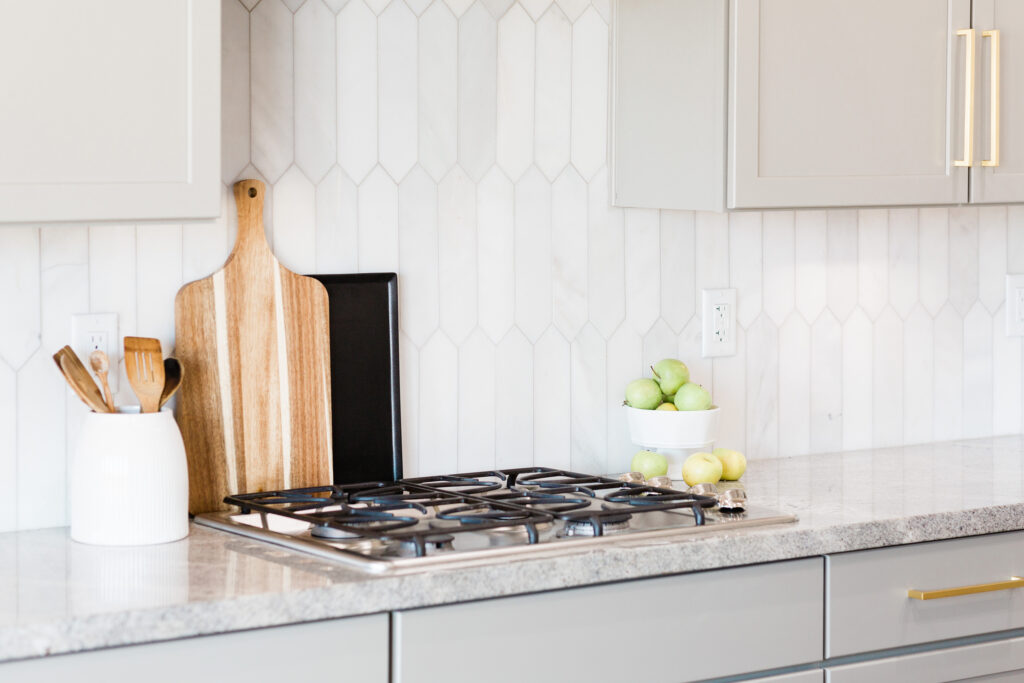
Here’s something I think a lot of sellers (and real estate agents) miss – we know that not every home is right for every buyer (see: one bedroom unit not great for a family whereas a 5 bedroom house probably not great for a single male). So why are we creating a one size fits all product and marketing campaign?
Understanding who you’re likely buyer is will be a crucial step in maximising the impact of your renovations when selling. By identifying the demographics, preferences, and lifestyle of potential buyers, you can tailor your renovations to create a home that resonates with them.
Here’s how to do this:
Start by considering the location and characteristics of your property. Is it in a family-friendly neighborhood, a bustling urban area, or senior friendly?
Next, think about the features that make your property unique. Is it a spacious family home with multiple bedrooms and a backyard? Or a chic CBD unit with modern amenities?
Research the local market and consult with real estate agents to understand the most sought-after buyer demographics in your area. Are young professionals and first-time buyers prevalent? Or is it an area popular among families, retirees, or investors?
Consider the preferences and lifestyle of your target buyer. Do they value open-concept layouts, energy-efficient features, or outdoor living spaces? Are they looking for a move-in ready home or one they can customise to fit their needs? Understanding their desires will enable you to prioritize renovations that cater to them.
Once you have a clear picture of your target buyer, you can make informed decisions about your renovations. Whether it’s creating a work from home space, updating the kitchen with all new appliances, or enhancing outdoor entertaining spaces, tailoring your renovations to appeal to your specific buyer profile will increase the chances of attracting interested buyers and achieving a successful sale.
Step 3: Assess Your Property
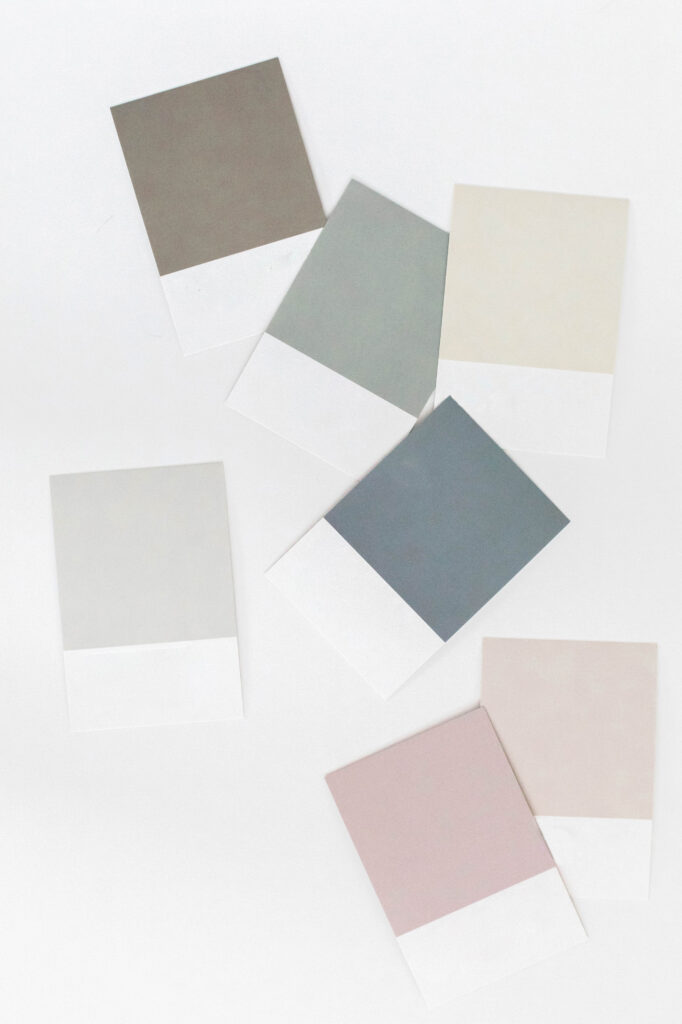
Now that you’ve looked at what other homes have – it’s time to assess your own home.
This is also where the art of renovating for profit comes in. Often we are our biggest critic when it comes to our own homes. If we had an unlimited budget and unlimited time, there’s probably a lot of things we would change. But that’s not always the most effective (and best ROI).
So we want to look for key areas that require improvement and will maximize their impact.
Here’s how to assess your property effectively:
- Conduct a Thorough Inspection: Start by conducting a comprehensive inspection of your home. Take note of any visible issues, such as outdated fixtures, worn-out flooring, or damaged walls. Assess the condition of major components like the roof, HVAC system, plumbing, and electrical systems.
- Consider Curb Appeal: The first impression your home makes is crucial. Examine the exterior walls, roof, windows, and landscaping. Make note of any areas that require attention, such as peeling paint, overgrown plants, or a lackluster entryway. Enhancing curb appeal can significantly impact a buyer’s perception of your home’s value.
- Prioritize Key Areas: Focus on the key areas that tend to have the highest impact on buyers. The kitchen and bathrooms, for example, are known to be crucial selling points. Evaluate these spaces and determine if they require updates or improvements. Look for opportunities to enhance functionality, modernize fixtures, and create an inviting atmosphere.
- Consider Aesthetics and Flow: Assess the overall aesthetics and flow of your home. Consider the colour schemes, flooring, and lighting throughout. Look for areas where a fresh coat of paint, new flooring, or updated fixtures can make a big difference. Pay attention to the layout and flow of rooms, ensuring that they are conducive to a comfortable and functional living experience.
- Address Structural and Safety Concerns: Prioritize addressing any structural or safety concerns within your home. Structural integrity issues, water damage, or electrical hazards can deter potential buyers and negatively impact your home’s value. It’s essential to address these issues before focusing on cosmetic renovations.
Step 4: Set a Realistic Budget

It’s all well and good to see a return on investment, unless you don’t have the money.
Setting a realistic budget is a crucial step in ensuring that your renovations align with your financial situation and maximize your return on investment.
Here’s how to set a realistic budget for your home renovations:
- Assess Your Finances: Begin by evaluating your overall financial situation. Consider your savings, income, and any additional funds you have available for renovations. You may also want to explore financing options like home equity or a construction loan.
- Prioritize Renovations: Once you have a budget in mind, prioritize the renovations based on their potential impact on your home’s value. Kitchens, bathrooms, and curb appeal tend to have a higher ROI so start there.
- Obtain Multiple Quotes: Obtain quotes from different builders or trades for the renovations you plan to undertake. This allows you to compare costs and ensure that you are getting a fair price. Keep in mind that the lowest quote may not always be the best option.
- Account for Contingencies: Set aside a contingency budget for unexpected expenses that may arise during the renovation process. It’s common for unforeseen issues to come up, so having a buffer ensures you won’t be caught off guard financially. 10-20% of your budget is a general rule of thumb.
- Seek Professional Advice: If you’re unsure about setting a budget or estimating renovation costs, consider consulting with professionals, such as an interior designer. They can provide valuable insights into the average costs of different renovations and help you create a budget that aligns with your goals.
Having a realistic budget allows you to prioritize renovations effectively, make informed choices, and avoid financial strain.
Step 5: Seek Professional Help
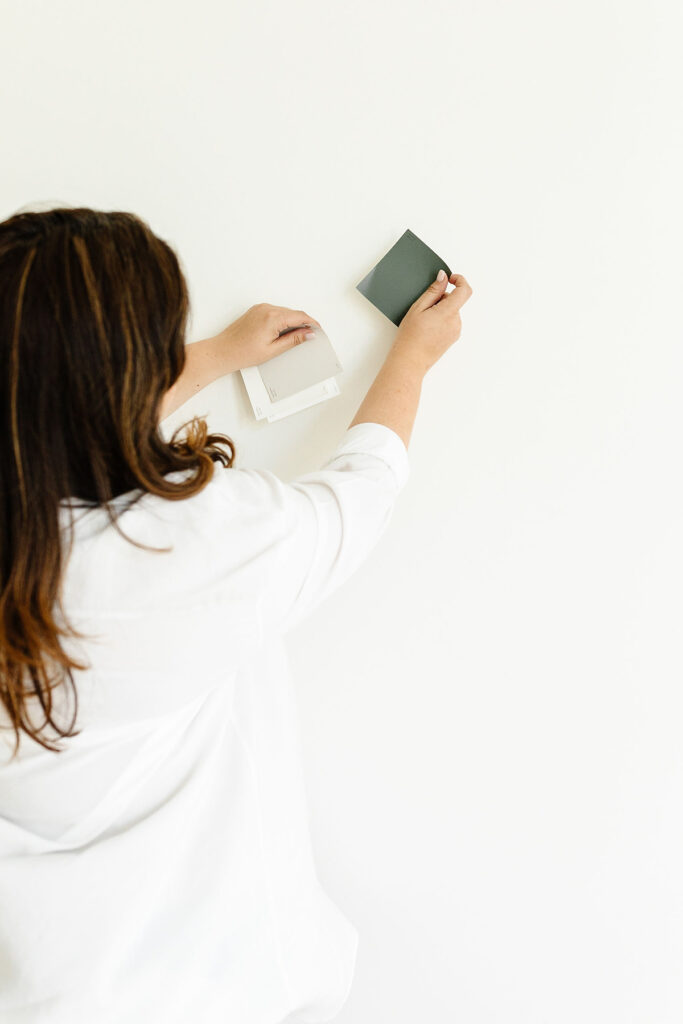
You don’t have to do it alone.
Consider the following professionals to assist you in your renovation journey:
- Hire a Builder: If you’re in NSW, you’ll need a builder for any work over $5000 (including GST). Your builder will be able to make your renovations a reality by engaging all trades and overseeing the work.
- Engage a Professional Property Stylist: A property stylist specifically knows how to furnish and decorate a home to help buyers envision themselves in the space. They can either supplement your own pieces or bring their own stock to fit the style for your ideal buyer.
- Collaborate with a Pre-Sale Renovation Company: Consider hiring a pre-sale renovation company, such as Wealth House, that specializes in optimizing renovations for the best return on investment (ROI) and offers a unique payment structure where no money is due until settlement.
The right professionals can make all the difference. They bring a wealth of knowledge, experience, and industry connections to the table, guiding you through the process and positioning your property for success. With their support, you can navigate the renovation journey with confidence, knowing that you have a team dedicated to maximizing your home’s selling potential.
Conclusion
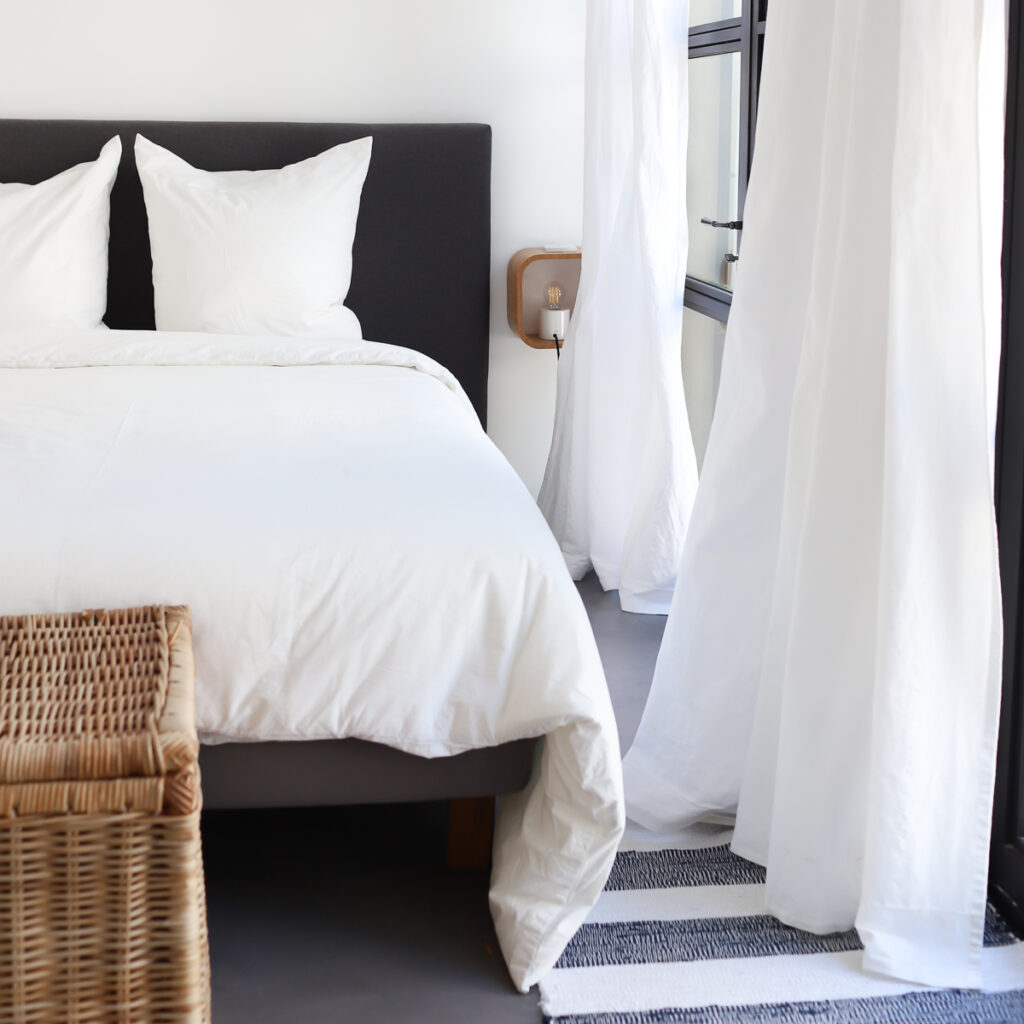
Following these five steps before renovating when selling can set you on the path to success. By researching the local market, understanding your target buyer, assessing your property, setting a realistic budget, and seeking professional help, you can ensure that your renovations have the greatest impact and appeal to potential buyers.
To make your renovation journey even more seamless and effective, consider scheduling a consultation with Wealth House, a Sydney pre-sale renovation company that specializes in optimizing renovations for the best ROI. I can guide you through the process, ensuring that your renovations align with market trends and attract potential buyers.
Pin this post for later!


